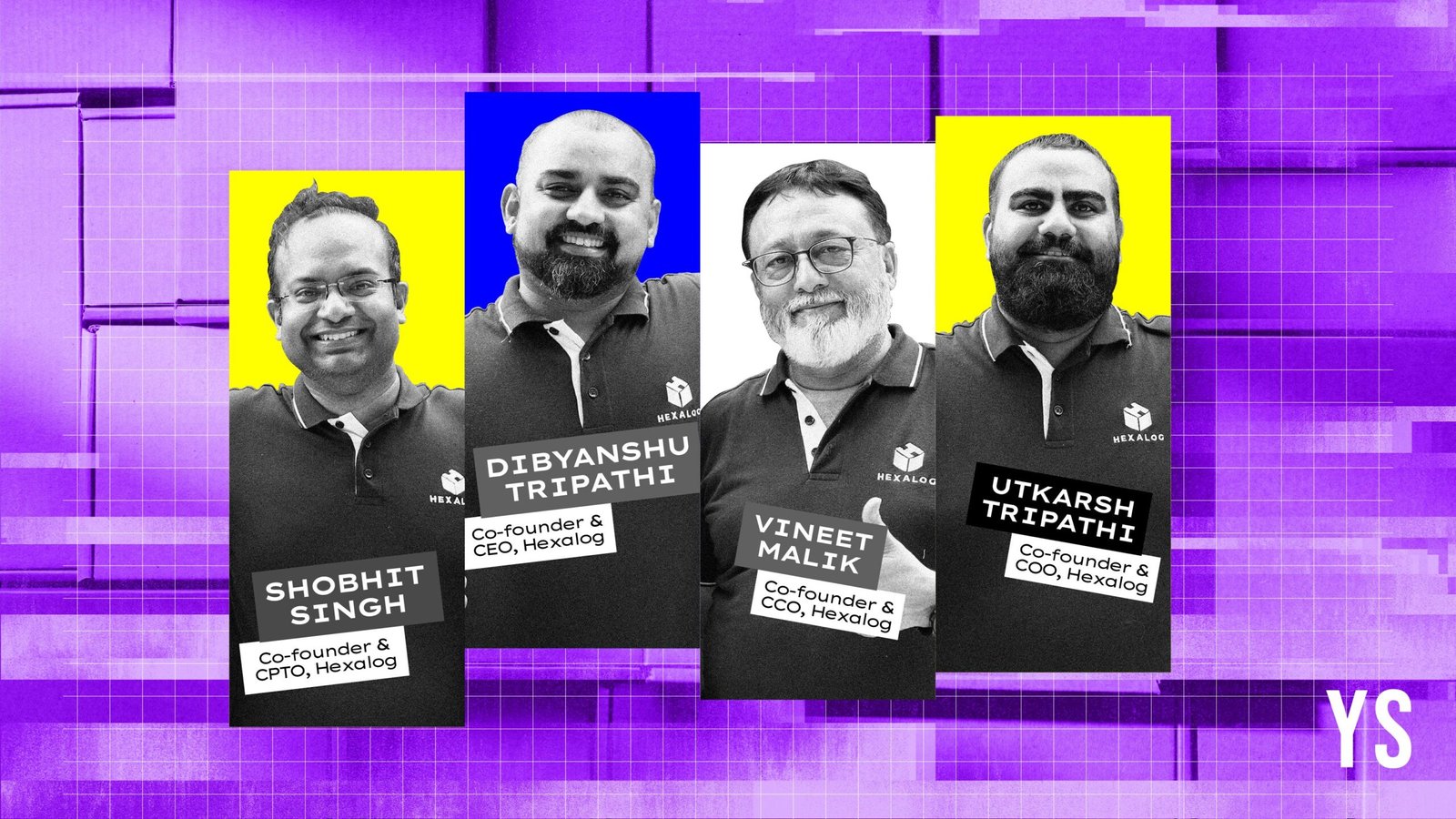Is India Inc. unknowingly pushing talent away?


In early 2015, I pitched the Associate Product Manager (APM) programme at Flipkart. The proposal was to hire the smartest undergrads in India and put them through a two-year rotational programme to produce the next generation of product leaders in the company and the Indian ecosystem.
The proposal was met with a lot of raised eyebrows, who asked questions like “Shouldn’t we hire MBAs instead?” or “Why don’t we hire those with product management experience?”.
It’s been a decade since that day, and this programme is now one of the most sought-after roles offered on campuses, with the program alumni now in senior product leadership positions globally or leading successful entrepreneurial ventures.
Having led this programme for 6+ years, building and scaling teams at Flipkart and following it up with my entrepreneurial venture in the workforce skilling space, I have learnt a few things about hiring and talent development.
The shortcut approach
The focus is on closing the open position fast. This is understandable from a business perspective, but the result of this is a “shortcut approach” that many hiring teams take. Consider this situation of a hiring manager. You post a job and within 24 hours, you get 1000+ applications, but how do you shortlist from so many? Especially when you only get resumes as part of the application.
You have two options—apply a few filters or send the applicants a take-home assignment. In the latter, you might not be sure who completed the assignment: the candidate or the AI. Additionally, coming up with assignments and having the bandwidth to assess them is another challenge.
So, in most cases, the recruitment teams apply filters available on the age-old application tracking systems: degree, institute, CTC, location, notice period, and whatnot.
I once asked a recruiter why he filters candidates by college tier. “I’m looking for signals that demonstrate they can do the job well—which college they went to is a proxy signal since all other signals are not vetted,” he replied.
Interviewers are not “job-ready”
Have you ever come across a training programme that trains you on how to conduct interviews? Most organisations ask senior employees to interview candidates, which leads to a subjective assessment of the candidate’s skills and no structured feedback that can be passed on to the candidate.
The end result: candidates feel the organisation “ghosted” them while the organisation is unsure of the candidate’s skills. We expect the talent to be job-ready, but are our interviewers ready for the job at hand?
Hiring and talent development are decoupled
What will get you hired is not what will get you promoted. Your education pedigree does not help you move ahead in your role; your skills do. Most of us will agree that the interview process we went through before getting hired has little resemblance to the actual role.
In today’s world, where curiosity, a learning mindset, and critical thinking matter more than before, most organisations have not adapted their hiring process to reflect the same.
In most organisations, you will find talent acquisition teams being measured on time taken to close an open position, while HR teams are gauged on employee happiness, and often, the two teams are not talking to each other. This leads to a mismatch of hiring promises and on-ground reality.
An engineer friend of mine quipped, “They told me during interviews that I would be working on a cutting-edge tech stack, but my daily routine involves shipping out boilerplate code. And the appraisal process involves showcasing technology innovation for which there aren’t a lot of opportunities.”
Talent density often loses out to business complexity
As an organisation grows in scale, the complexity of doing business increases. To thrive in this state of increasing complexity, the talent density in the organisation has to increase at a faster pace to prevent a state of chaos. But I have often seen the talent density moving in the opposite direction.
Consider this: most organisations do not have a learning and development (L&D) team, and those that do, it’s usually a team of 3-4 trying to address the learning needs of 1000+ employees.
In one conversation I had with a L&D partner at a “unicorn” startup, she mentioned that the approved budget per employee was Rs 3000. In several others, there was no budget at all. This leads to high-potential employees feeling the organisation is not invested in their growth, and they look for greener pastures.
The path forward
There are so many reports that scream “talent and skills shortage” in the Indian labour market. Yes, it is partly true. However, it is also amplified by outdated hiring practices and a lack of growth-oriented environments in most organisations.
As organisations cling to outdated practices, the quality of talent diminishes, thus making the “skills shortage” a self-fulfilling prophecy.
It is high time India Inc. takes a hard look and shifts to a new-age mindset of hiring for skills and potential, as well as rewarding for the same. This will set an outcomes-driven learning in academia, which has largely been missing in the Indian education system.
Arindam Mukherjee, Co-founder and CEO of NextLeap
Edited by Suman Singh
(Disclaimer: The views and opinions expressed in this article are those of the author and do not necessarily reflect the views of YourStory.)
Discover more from News Hub
Subscribe to get the latest posts sent to your email.







